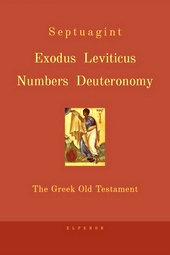A second series of remarks is necessary at this point. We have seen, particularly with the third point, that the general aim of the reforms was a positive one: improve popular piety and strengthen the Church. But the problem lies in the logic and methods used to support and implement the reforms.
Papal monarchy and de facto infallibility drew a wave of criticisms which in fact weakened the Church internally precisely while this monarchy was being built up.
Anti-Gregorians correctly perceived this danger. The setting apart of the clergy and the attempts to purify it of all immorality in effect led to the spread of anti-clericalism. Finally, the attempt to center religious life around features that had traditionally belonged to monasticism also resulted in certain groups denying all sacraments institutionalized by the Catholic Church, including the Eucharist.
By looking at the motives for reform together with the consequences of these reforms, it will not be very difficult to see in all these elements the premises of the far larger and more significant Reformation movement of the 16th century. Like the Gregorians, the reformers were indeed partly driven by the same desire to improve religious life and spread it to all of society.
The drive for a better life, combining with an eventual rejection of the organism that gave rise to it, i.e. the Catholic Church, are decisive elements of the Reformation. One may also see in them an anticipation of the later Revolutionary and utopian movements, which precisely sought to heighten the standards and ideals of society along new lines of thought. This attitude is peculiar to Western Christendom, and does not seem to exist in the East.
This does not mean however that there is a direct cause-to-consequence effect between the Gregorian reforms and the French, American, Bolschevik, and in fact also the Industrial, revolutions. But through the intended goals and the means used to achieve these goals, the Gregorians set dangerous trends and precedents.








